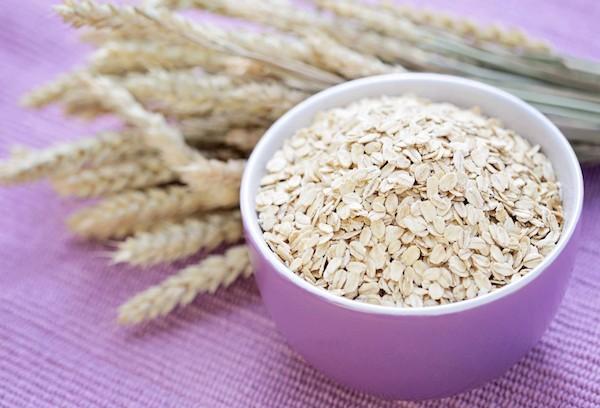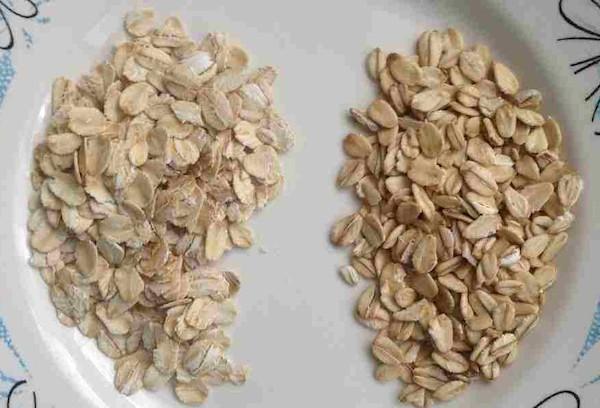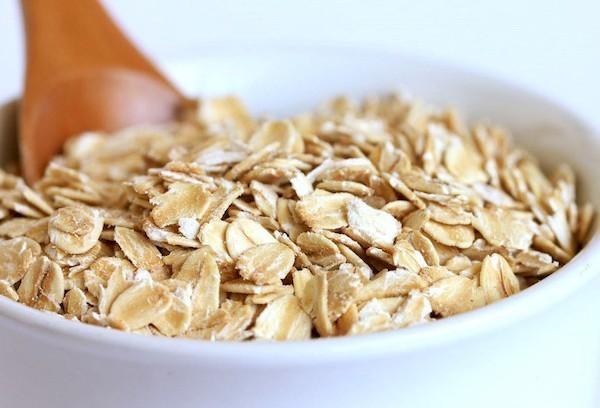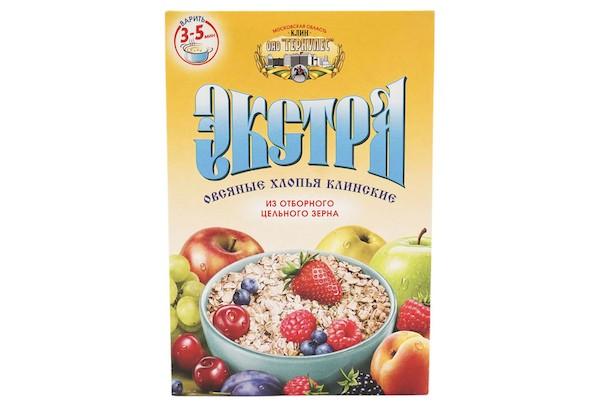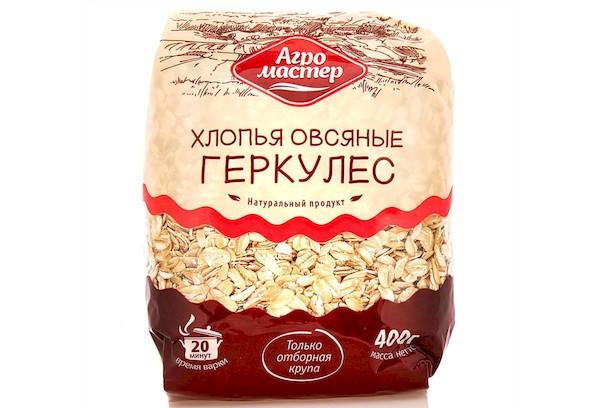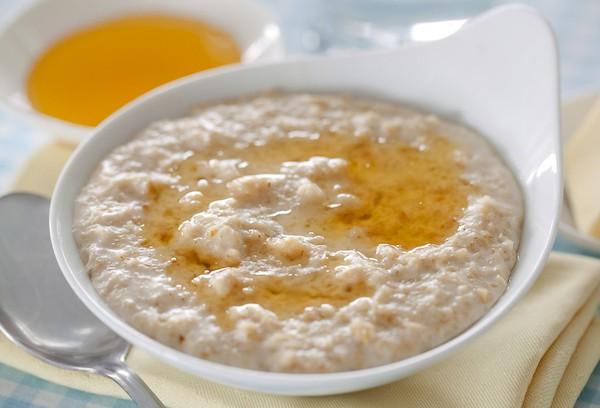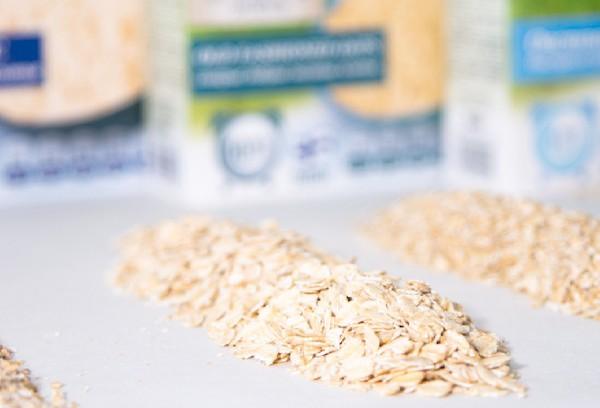What are oatmeal and how is it different from rolled oats?
Oatmeal is made from oats. The catch is that other cereals are also made from the same crop, so it can be difficult to understand the difference between rolled oats and oatmeal. First, it’s worth understanding the basic information about the production of cereals.
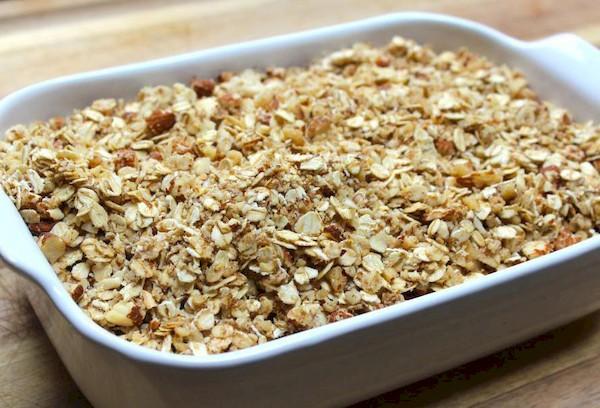
What are oatmeal made from?
The basis of the future porridge is oats, which, after harvesting, are processed to obtain oat flakes. The process can result in one of two types of oatmeal:
- Uncrushed – goes through steaming, peeling and grinding.
- Rolled - involves a longer processing process.
The raw materials can also be different - some products are prepared from oat grains, and others from oatmeal. The second option is used more often because the processing process takes much less time. Most manufacturers indicate on the packaging what a particular product is made from.
Due to the fact that the process in any case involves grinding the original raw material and its subsequent pressing, the flakes can be given any shape and size. The thicker and larger the flakes, the longer the porridge will take to cook. Instant oatmeal is made in the same way, but the flakes for it are selected to a minimum size.
What is the difference between oatmeal and rolled oats?
Hercules is often popularly called simply oatmeal, although there are some differences in the technology for producing cereals. Here's what makes oatmeal different:
- Production technology. Oatmeal goes through fewer processing steps, so it retains the bran and germ of the grain. But cooking rolled oats takes much longer, but the cereal ends up cooking much faster.
- Appearance. The usual cereal is, in fact, not oatmeal, but rolled oats. But the less processed version looks more like long rice.
- Cooking method and time. Cooking oatmeal takes a long time - from 40 minutes. But for rolled oats, the standards may be different - it all depends on the size and thickness of the flakes. The largest ones can take up to 20 minutes to cook, and the smallest ones do not require cooking at all - just pour boiling water over the porridge and let it brew for about 5 minutes.
- Nutritional value. Here the situation is the same as with any other cereals - the less additional processing was used at the procurement stage, the healthier the product. Instant porridges are completely devoid of most vitamins and microelements. Instead, manufacturers often add flavorings or sugar, which makes this breakfast even less healthy.
However, in everyday life the names of cereals are often confused; often the word “oatmeal” means porridge made from rolled oats. This is what makes it difficult to understand what oatmeal actually is.
How to choose quality oatmeal in the store
To be sure of the benefits of cereals, it is important to study the packaging. It is worth paying attention to:
- Compound. Since oatmeal is high in calories on its own, it is important that it does not contain sweeteners or additional ingredients. Salt in the composition is also not a very good sign; it would be much better to add all the spices yourself during the cooking process.
- Best before date. It is important to look at the correct numbers - the packaging period, which is often indicated large on the packaging, by and large does not matter much. You can determine the shelf life by the production date - cereals are stored in a cardboard box for six months from this date, and in a plastic bag for about a year.
- Content. After opening the package, you should pay attention to the smell and appearance of the product. Dark spots, an abundance of films in the packaging or an unpleasant aroma should alert you.
If the product turns out to be of poor quality, the consumer has the right to contact the store to receive a refund.
Types of oatmeal
Based on the size of the flakes, oatmeal is divided into several types. The full classification looks like this:
- Petalaceae – the smallest and thinnest flakes that have undergone maximum purification. It is in them that films and foreign objects are least likely to be found.
- Extra - this type of oatmeal is divided into three categories, depending on size. The lower the number, the larger the oatmeal and the longer it will take to cook.
- Hercules - oatmeal made exclusively from premium grains. However, in this case, you need to be especially careful when choosing, since during pressing, food debris may get into the product.
Everyone chooses the most suitable option for themselves, depending on their priorities - for some it is important that the product is prepared as quickly as possible, while for others quality comes first.
The benefits of oatmeal
Oatmeal has long been considered a useful and healthy breakfast. Indeed, eating such porridge in the morning is an excellent solution, because it saturates the body with polysaccharides, which are needed for energy production. In addition, cereal helps normalize blood sugar levels.
Also, oatmeal can be a source of many vitamins and microelements.
| Vitamins and minerals | Contents per 100 g (µg) | Percent Daily Value (%) |
| Vitamin B1 | 8 | 63,6 |
| Vitamin B2 | 1 | 10,7 |
| Vitamin B3 | 10 | 6 |
| Vitamin B5 | 13 | 27 |
| Vitamin B6 | 1 | 9,2 |
| Vitamin B9 | 56 | 14 |
| Calcium | 540 | 5,4 |
| Iron | 47 | 47,2 |
| Magnesium | 1770 | 44,3 |
| Phosphorus | 5230 | 74,7 |
| Potassium | 4290 | 9,1 |
| Sodium | 20 | 0,2 |
| Zinc | 40 | 36,1 |
| Copper | 6 | 69,6 |
| Manganese | 49 | 213,7 |
Also, from 100 g of oatmeal you can get 6.9 g of fat, 16.89 g of protein, 66.27 g of carbohydrates. However, do not forget that the porridge will be quite high in calories, the energy value of 100 g of oatmeal is 389 kcal, and with the addition of milk this figure will increase.
However, when consumed in moderation, there is more benefit in such a dish than harm. The composition of corn flakes and other popular breakfasts is much less rich.
Harm of oatmeal
In most cases, to get the negative effect of rolled oats or oatmeal, you need to eat too much of the dish. Then heaviness in the stomach and even digestive problems may appear. Additionally, improper portion sizes can lead to rapid weight gain since the energy content of the cereal is high.
Note! Eating porridge itself rarely leads to obesity - the additives used to counteract it are much more dangerous in this regard. For example, sugar or honey imperceptibly but greatly increase caloric intake.
Despite the satiety, the flakes have a low glycemic index, so you can eat oatmeal with water even if you have diabetes. But if you are individually intolerant to gluten, it is better to avoid this dish. Another reason to be careful is the high phytic acid content. In itself, it is not harmful, but it slows down the absorption of calcium, which can lead to a serious deficiency of this element in the body.
It is also not recommended to eat such porridge in the evenings - after eating, the body produces a lot of energy, so if you leave the meal until late, you may have problems sleeping.
Popular myths about oatmeal
Myth No. 1. Instant cereals are less healthy because they go through more processing.
In fact, everything is not quite like that. All flakes, regardless of size, undergo the same preparation process. The cooking time does not depend on what the cereal is made of, but solely on the fineness of the cut. However, porridge from a bag is often less healthy due to the addition of preservatives, sugar and flavorings.
Myth No. 2. High-quality oatmeal cannot be prepared quickly; anything that can be cooked in half an hour has no vitamins left.
Small oat flakes cook quite quickly, but nevertheless retain all their benefits. Moreover, prolonged heat treatment itself contributes to the breakdown of many nutrients. Strictly speaking, the healthiest oatmeal can be considered the one that was prepared without cooking at all - for example, poured with kefir or water in the evening.
